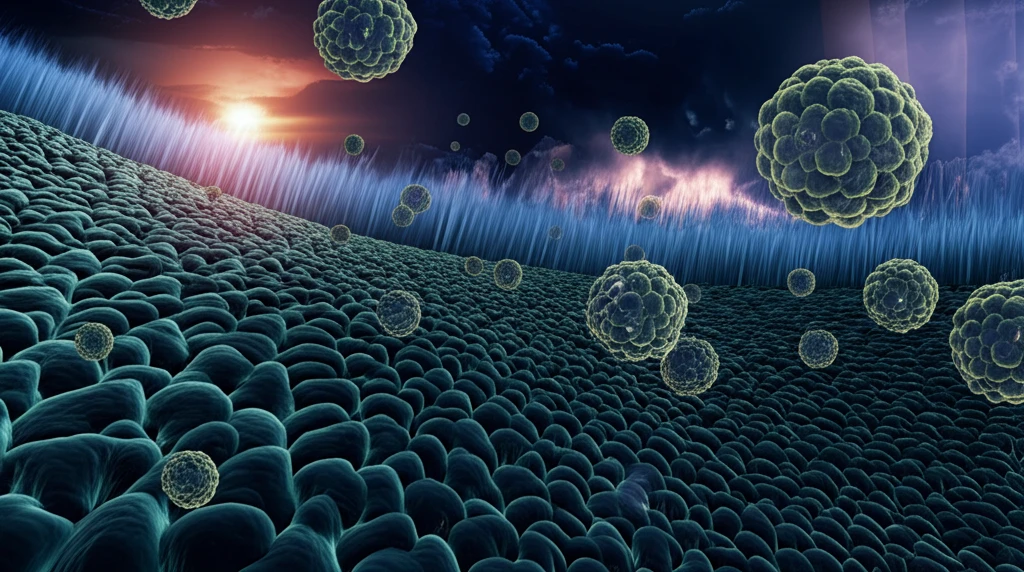
Unlock the Secret to Cleaner Water: How Modified Nanoparticles are Revolutionizing Filtration
"Discover how PVA-modified SiO2 nanoparticles are enhancing PVDF ultrafiltration membranes for better water purification."
In an era where access to clean water is increasingly critical, innovative technologies are at the forefront of addressing global water purification challenges. Ultrafiltration (UF), a key component of membrane separation technology, has become indispensable in industrial applications, particularly in water treatment. Polyvinylidene fluoride (PVDF) membranes are favored due to their exceptional mechanical strength, high thermal stability, chemical resistance, and film-forming capabilities.
However, PVDF's inherent hydrophobicity presents a significant limitation, leading to weak anti-fouling properties. Membrane fouling—caused by pore clogging and surface concentration polarization—reduces separation efficiency and shortens membrane lifespan. This necessitates methods to enhance membrane hydrophilicity, such as surface coating, grafting polymerization, and blending.
This article delves into a groundbreaking approach: the synthesis and application of polyvinyl alcohol (PVA)-modified silica (SiO2) nanoparticles to create novel PVDF ultrafiltration membranes. By incorporating these modified nanoparticles, the aim is to improve membrane performance, reduce fouling, and provide a sustainable solution for water purification.
What are PVA-Modified SiO2 Nanoparticles and How Do They Enhance Membrane Performance?

PVA-modified SiO2 nanoparticles are synthesized by modifying silica (SiO2) with polyvinyl alcohol (PVA). This modification enhances the hydrophilicity and stability of the nanoparticles, making them ideal for blending with PVDF membranes. The resulting composite membranes exhibit improved properties compared to traditional PVDF membranes.
- Increased Pore Size: Membrane mean pore size increases from 80.06 nm to 126.00 nm.
- Improved Porosity: Porosity improves from 77.4% to 89.1%.
- Enhanced Hydrophilicity: Water contact angle decreases from 75.61° to 63.10°.
- Increased Water Flux: Pure water flux increases from 70 to 126 L/m²h.
- Improved BSA Rejection: Bovine serum albumin (BSA) rejection increases from 67% to 86%.
- Enhanced Anti-Fouling Performance: Flux recovery ratio increases from 60% to 96%, total fouling ratio decreases from 50% to 18.7%, and irreversible fouling ratio decreases from 40% to 4%.
The Future of Water Purification: Sustainable and Efficient Membranes
The development and application of PVA-modified SiO2 nanoparticles in PVDF ultrafiltration membranes represent a significant advancement in water purification technology. The improved performance, enhanced anti-fouling properties, and increased durability of these membranes offer a promising solution for addressing global water scarcity and improving water quality. As research and development continue, this innovative approach could pave the way for more sustainable and efficient water treatment solutions in the future.
